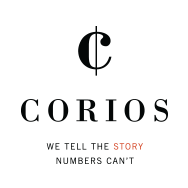The typical output of a model, usually called a “score,” is essentially a ranking or estimation of the most likely business outcomes, such as the most likely customer behavior in response to a stimulus (or the absence of a stimulus).
A score is not a decision. A decision is the proactive response of the business to the prospective customer behavior, usually involving the expenditure of resources and the monitoring of the performance of this decision. In a financial services setting, examples of these decisions include marketing, sales and service contacts with customers, debt recovery activities, and financial crime prevention decisions. Outside of the financial services industry, comparable examples of decisions are markdown and assortment in the retailing market, pricing and contract design in the telecommunications industry, preventive care program development, and outreach in the health care provider industry.
Lessons learned tying model results to decisions:
- The best rules systems implement business rules based on judgment and experience, as well as rules that prescriptively advise the SME on the trade-offs between alternatives in pure dollars and cents terms.
- The best performing offers and treatments are not the ones you will issue tomorrow. Instead, they will be the offers that your organization has refined over multiple waves of disciplined, rigorous trials paired with conscientious measurement.
- Business teams that commit resources to decisions will require the most convincing about the veracity of the analytic model results. Ensure your analytic story about the findings and recommendations of the model are well suited to these groups. Explain the nuances of customer behavior in terms that resonate with your audience. Find a willing listener from that constituency to help you develop your explanations in advance of the big presentation.
Learn more by reading our Red Paper Model Deployment: The Moment of Truth.

